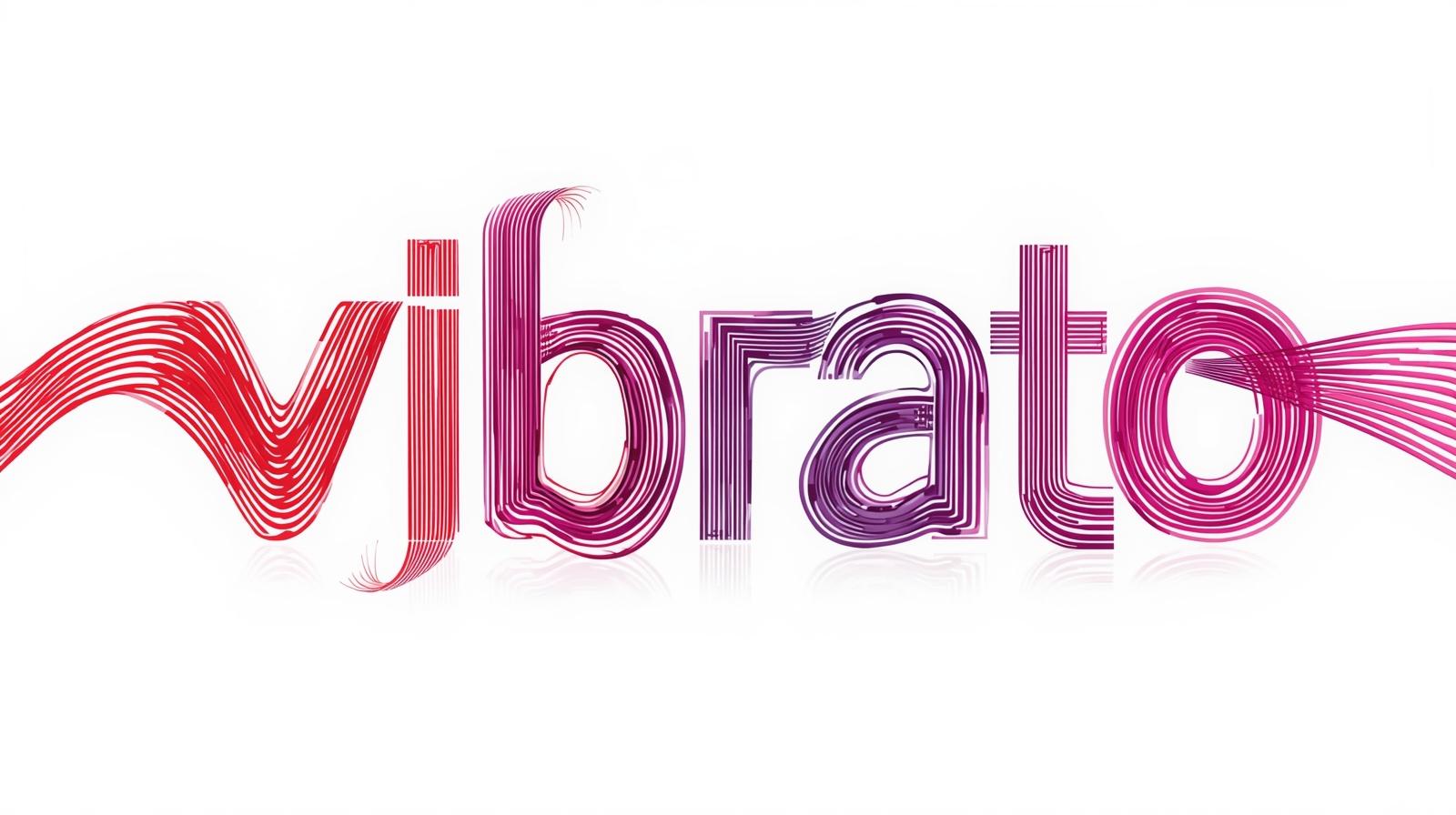What is vibrato?

Why do singers want vibrato?
Two types of vibrato: made vs. natural
Made vibrato
This is when singers force vibrato using the throat muscles — often without knowing they’re doing it. I used to do this myself! I sang for years, even landed solo roles and thought I was doing great… until a teacher in New York pointed out my vibrato was forceful. Turns out, I was shaking my larynx with the muscles around my neck. Let me tell you — it didn’t feel wrong at the time, but it was. It's a dangerous habit that can lead to vocal strain and even damage.
Naturally occurring vibrato
This kind is effortless. It happens when the voice is balanced — your throat is open, your vocal cords are closed well, and the airflow is steady. That’s when vibrato shows up as a result, not something you “do”.
- Forced vibrato: “Ahhhh” (shaking the larynx).
- Natural vibrato: “Ahhhh” (just letting the voice ride on the breath).
How to get vibrato the right way
Open the airway
Consistent airflow
Proper cord closure
The space from your lungs all the way through your larynx, throat (pharynx), and mouth needs to be open and aligned. That’s your resonating tube — it can’t be blocked or tight.
Vibrato needs a stable stream of air. I often visualize a laser-like beam of air flowing steadily from within — not bursting out, not collapsing.
If the vocal cords aren’t closing properly, vibrato won’t be able to develop healthily. (Don’t worry — I teach all of this step by step in other lessons.)

What if your vibrato is trembly or weird?
- forcing it with throat muscles, or
- letting natural vibrato poke through but without enough support.
A lesson from experience
I didn’t start with natural vibrato. I had to undo years of tight habits and retrain my voice from scratch. That’s why I’m so passionate about helping my students go the healthy, efficient route right from the start.
Almost every student I’ve taught — beginners included — develops natural vibrato once their technique is in place. It's not magic. It's physiology + freedom.
About the author

I’m Linor Oren, founder of SingWell. I have an opera background and in the past I've performed on stage. I've taught hundreds of students how to find their authentic voice. What I’ve learned is that singing isn’t about being “born with it” — it’s about unlocking what’s already inside you with the right tools and guidance. My passion is helping singers at every level grow in confidence, technique, and joy, so they can sing with freedom and expression.
Want to start building towards natural vibrato?
To begin this process, I recommend starting with the open throat and resonance lessons. These are crucial foundations.
If vibrato feels like a mystery, remember this: it’s not something you chase — it’s something that arrives when your voice is free.
I’m here to help you unlock that freedom.
Frequently Asked Questions
Can anyone learn to sing with vibrato, or is it something you’re born with?
Absolutely anyone can develop natural vibrato. It’s not a special talent — it’s a byproduct of healthy vocal technique. When your breath, cord closure, and throat freedom are balanced, vibrato appears naturally. You don’t “make” it; you allow it to happen.
How can I tell if my vibrato is natural or forced?
A natural vibrato feels effortless and even — your throat stays relaxed, and the sound flows smoothly. A forced vibrato, on the other hand, feels like you’re “doing” something to create it — often involving tension in the neck or a visible shaking of the larynx. If you feel strain or notice uneven pitch waves, it’s likely forced.
What should I practice to develop healthy vibrato?
Focus on freeing your airway, keeping a steady airflow, and ensuring good vocal cord closure. Exercises that promote relaxation, balanced breath support, and resonance (like gentle sirens or sustained tones) help your voice find vibrato naturally. The goal isn’t to add vibrato, but to create the conditions for it to emerge on its own.
No longer a little mouse...
Maybe you feel it's time to stop shushing your own voice and take your desire to sing serious. My weekly 'Belting Mouse' mail shows you how. It gets you on track with stories and insights from my life as a singer and that of my students.

For 'little mice' who are tired of squeaking and want to start belting...

